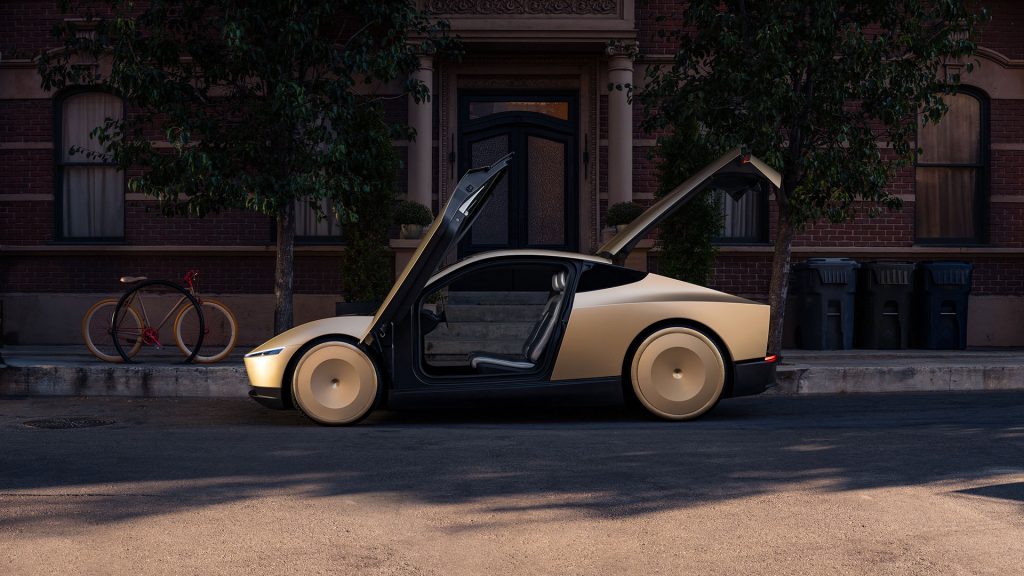Tesla has officially launched its long-promised robotaxi service, beginning real-world operations in Austin, Texas. As of June 22, a small fleet of modified Tesla Model Y vehicles is now offering fully autonomous rides to paying customers—marking a pivotal shift from testing to live deployment.

The program is limited for now: trips operate in a geofenced section of the city and include a front-seat safety monitor. It’s still the clearest signal yet that Tesla is staking its claim in driverless mobility using its end-to-end in-house Full Self-Driving (FSD) platform.
Elon Musk confirmed the rollout on X, calling it “the culmination of a decade of hard work.” He emphasized Tesla’s camera-only perception stack, noting that the system will avoid adverse weather, construction zones, and unaccompanied minors “out of an abundance of caution.”
Texas has become a key proving ground for AV deployments thanks to its permissive regulatory posture. State law allows Level 4 autonomous vehicles on public roads without local approvals, provided vehicles comply with traffic laws and carry proper insurance. But that framework is changing. A new law taking effect September 1 will require AV companies to register with the Texas DMV, submit safety protocols, and authorize revocation for violations or incidents.
For Tesla, the timing is strategic. By deploying before new requirements kick in, it can collect real-world performance data while maintaining operational flexibility. However, the National Highway Traffic Safety Administration (NHTSA) has continued to scrutinize FSD’s behavior, especially after previous incidents involving phantom braking and driver confusion.
Tesla’s approach also stands apart from most AV developers: no lidar, no high-definition maps, no third-party sensor fusion. Everything runs on vision-based neural networks processed onboard.

